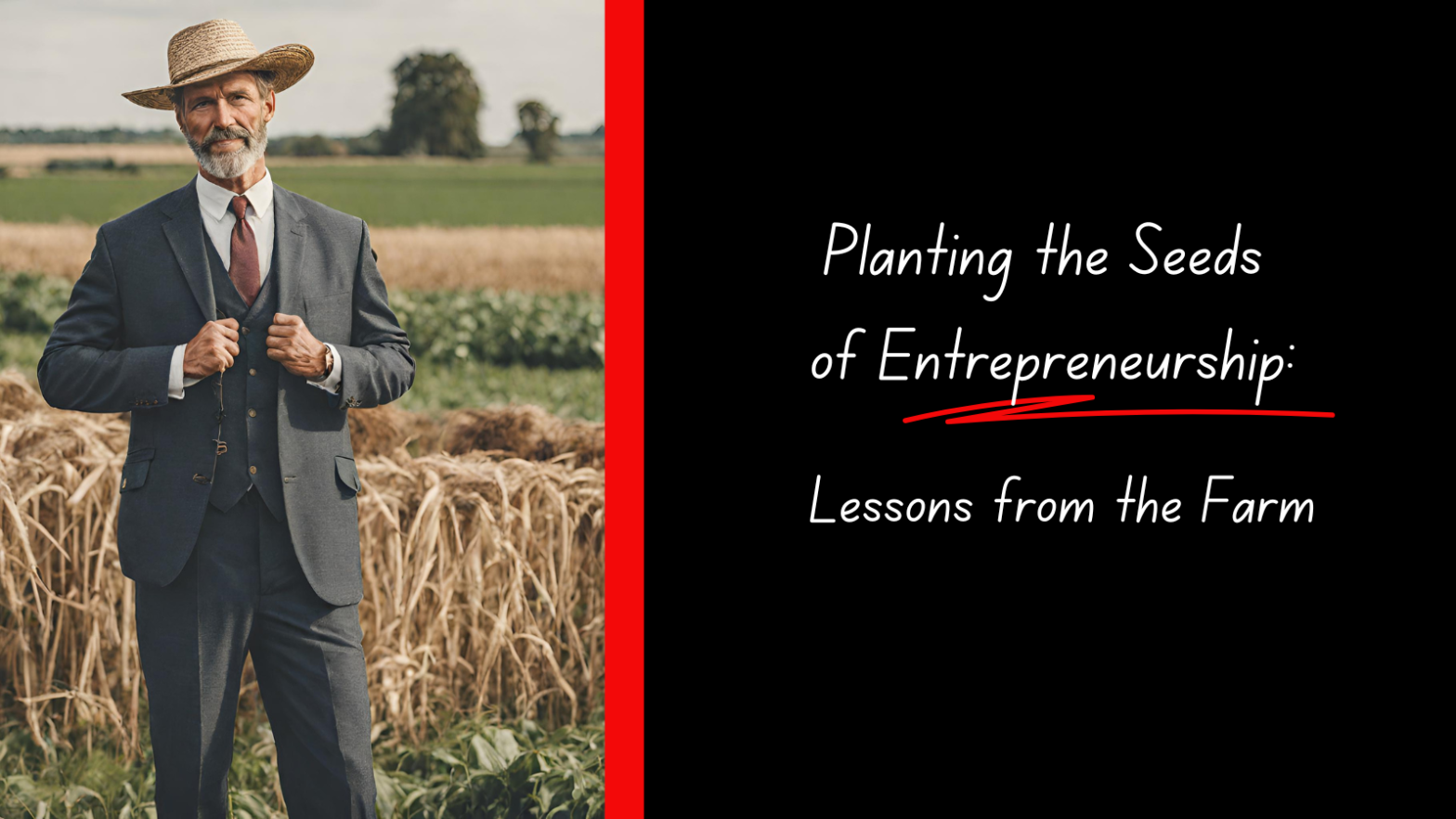Content repurposing isn’t just efficient; it’s essential in meeting your audience where they are. By transforming a single piece of content into multiple formats, you not only extend its reach but also cater to different learning styles and preferences. A blog post can become a podcast episode, an infographic, a series of tweets, or even a video. This not only maximizes the impact of your original content but also ensures that it resonates with a broader audience.
This is where repurposing really comes into its own: In taking your content in one format, and spinning it into another format so it reaches a new segment of your ideal audience. Remember, the key to effective content marketing is not always about creating more, but rather about creating smart and making the most of what you have.
Think laterally when repurposing content
This is where you need to make a slight adjustment to the way you think. Instead of thinking of repurposing as creating multiple single, completely new pieces of content, think sideways. Start with one main piece of content; then brainstorm how many other ways you can simply format it. In short, re-purposing is not always re-writing!
The beauty of this type of repurposing is that:
- Each “child” version of your original content piece supports and augments the “parent” content piece (and each other)
- You are focusing on one specific goal (e.g. lead generation) with multiple supportive pieces of content.
- Every different format type strengthens and reinforces the message in the original “parent” content piece
Create a Strategy
 Don’t do this randomly, however: Be strategic about it. Repurposing content is a strategic move, but it’s not just about changing the format. It’s about understanding your goal. Do you want to educate, engage, or convert? Each goal might require a different approach. For instance, turning a blog post into an infographic could boost engagement, while a detailed guide might serve better for educational purposes. Always start with the end in mind. Ask yourself:
Don’t do this randomly, however: Be strategic about it. Repurposing content is a strategic move, but it’s not just about changing the format. It’s about understanding your goal. Do you want to educate, engage, or convert? Each goal might require a different approach. For instance, turning a blog post into an infographic could boost engagement, while a detailed guide might serve better for educational purposes. Always start with the end in mind. Ask yourself:
- Who hasn’t seen it yet and who do I want to see it?
- What is their preferred learning style?
- Where do they interact with my material the most actively?
Do you have more of an active audience for your podcasts than your blog posts? Focus on turning your blog posts into podcast episodes.
If you find you get more action on your YouTube videos than your podcasts, turn your podcast into a YouTube video.
Get much more interaction for your Facebook Live Streams than your YouTube videos? Do a Facebook Live version of your video.
If Instagram is where your ideal client hangs out, create a 15-second Insta Story from your Facebook Live.
Finally, use two checklists:
- Use the first checklist when you are first trying out different content types, to see which gets the most interaction and to make sure you cover as many repurposing bases as possible
- Once you have an idea of which formats net you your hottest interaction, adjust the checklist to narrow your focus onto those platforms.
A good rule of thumb? Pick 3 top repurposing formats, and make sure they are always routinely represented, when you are recycling a piece of content.
Sure, it’s great to repurpose a piece into as many different formats as possible, but you’ll find you are more likely to consistently follow your process if you don’t over-complicate it.
In addition, take a day to extract powerful single lines, insightful paragraphs, or compelling summaries from your main content. Turn them into eye-catching image quotes and engaging social media posts, ensuring your valuable insights resonate with a wider audience. Transforming your content’s golden nuggets into bite-sized wisdom can amplify your message.
For each item you repurpose, the point is to zero in on creating three longer, richer repurposing types, along with three shorter social posts, and turn that into a system and a habit.
By repurposing your content into three main formats – let’s say, a blog post, a podcast, and a video – you’re already expanding your reach. But when you adapt these into social posts such as an infographic, a carousel, and a tweet, you’re effectively sextupling your content’s presence. This strategy not only reinforces your message but also caters to different audience preferences, making your content work smarter, not harder.





Leave a Reply